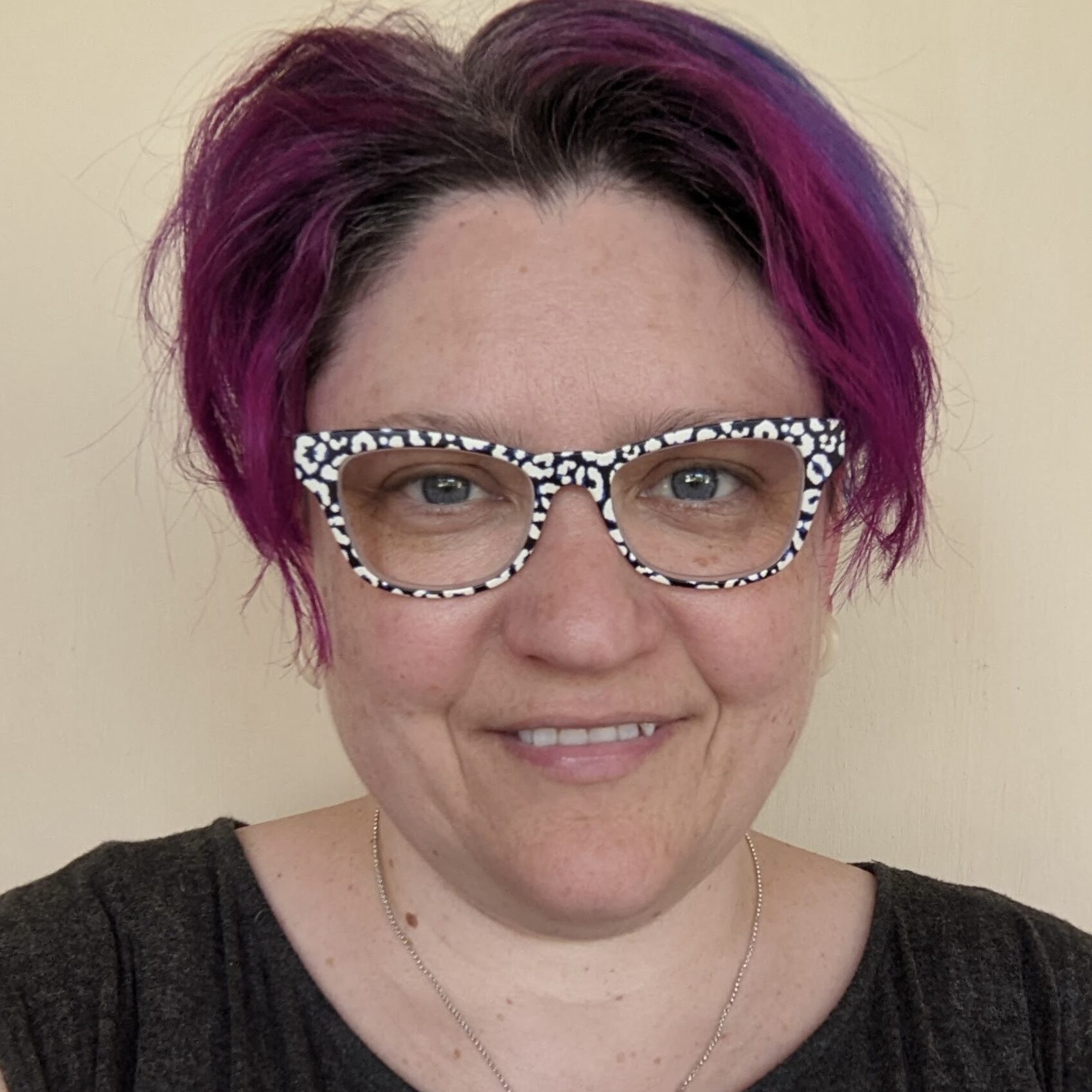A: Your “bubble” might be far bigger than you think.
To figure out exactly how big and who you might be sharing germs with, think like a contact tracer and sketch out your contact network. 🖧 If you need to pull out a piece of paper to figure this out, that’s a whole lot of people–and you might want to consider abandoning the word “bubble” altogether for a more accurate description of your germosphere.
Try this exercise:
🟢 List the people you had close contact in the last 10 days–your first-degree contacts. That includes the people you live with and anyone else you spent a lot of indoor time with. Include nannies, co-workers, clients, therapists, and anyone else you spend face-to-face time with.
There is not a hard and fast cutoff for what “a lot” means here, but we can lean on the CDC definition of exposure: count everyone with whom you spent more than 15 minutes in the same room. (If you were both wearing a mask the entire time, you might consider increasing the threshold here–though CDC’s contact tracing guidance ignores whether masks were worn or not when defining exposure.**)
🟡 Now for each of these people, list everyone *they* were exposed to. For example, include the other 5 kids in your child’s learning pod plus whatever adult(s) were helping with their learning; or everyone in their classroom. If you see clients in-person, that’s all your clients’ household members. These are your second-degree contacts. You might end up listing some ???’s if you don’t know precisely who all those people are.
🔴 Now for each of your second-degree contacts, list everyone *they* have exposure to. That’s everyone in your child’s classmate’s dance class, your piano teacher’s roommate’s girlfriend, your nanny’s roommate’s drinking buddies, and all your spouse’s clients’ families. Wow! This list can grow very large very quickly.
It’s easy to think that our “bubble” stops at first- or second-degree contacts. We have a tendency to think that the people we know and love couldn’t or wouldn’t give us COVID, or wouldn’t put us at risk. After all, we love them and trust them. This error is called the halo effect: when we have a positive opinion of someone in one area, we tend to have a positive opinion of them in another, unrelated area, even if that is unwarranted.
In this case, we like & trust our friends to be good friends, but that DOES NOT mean they are exempt from COVID-19 transmission facts! We can give the people we love COVID even though we like and trust them. It happens without us even knowing! The insidious thing about COVID–and part of what has made it so hard to control–is that most transmission happens *before* we know we are sick.
So, we have to include first, second, and third-degree contacts when we think about our exposures. If you have tried to map out your network using this exercise and you’ve had to get out a piece of paper, or fill in a bunch of question marks, your network is large and you can’t properly call it a “bubble.” Perhaps using the word germosphere will give you a more realistic picture of your exposures.
Here’s a great example of this principle in infographic form.
** ps. Don’t get us wrong! Masks do reduce the risk of transmission, but they have their limits. For the purposes of contact tracing, CDC defines “exposure” as anyone who had close contact with an infected party, defined as spending a total of 15 minutes within 6 feet of physical distance, with or without masks/other PPE.



